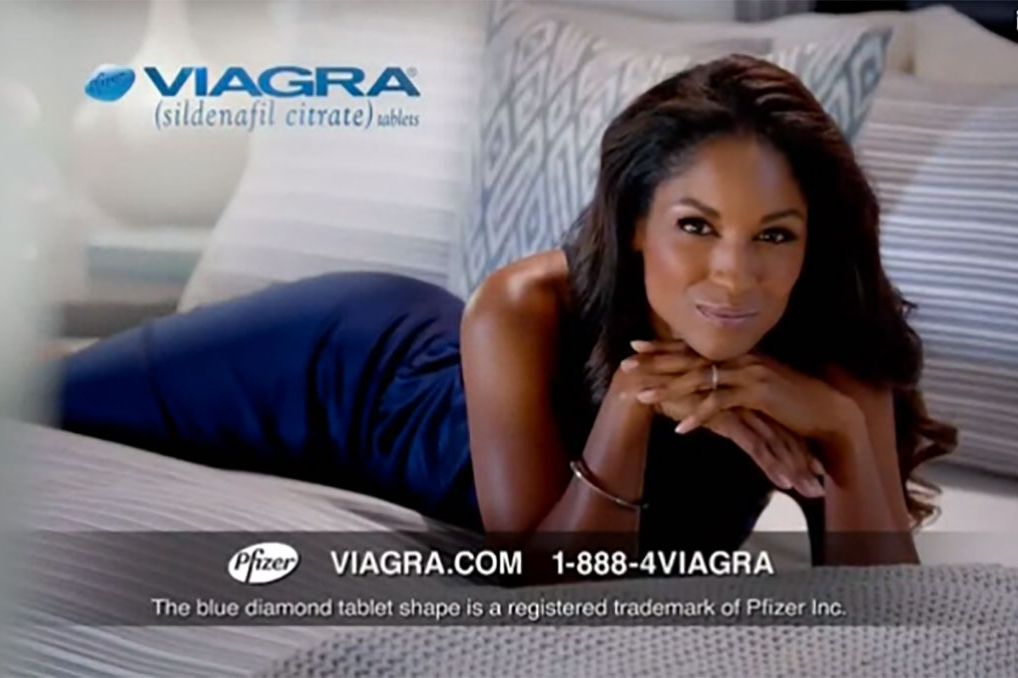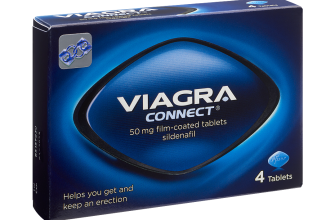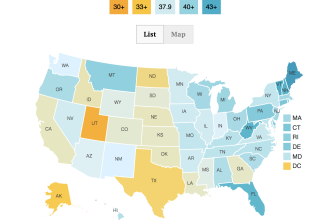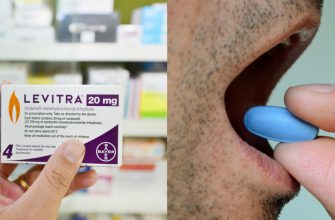Want to understand the subtle yet powerful messaging behind the women depicted in Viagra commercials? Focus on their portrayal of active, fulfilled lives. These aren’t frail or passive figures; instead, they represent a modern, engaged demographic.
Observe the activities they’re shown engaging in: hiking, dancing, gardening – all indicative of vitality and enjoyment of life. The directorial choices highlight their independence and autonomy, contrasting sharply with older stereotypes of aging and decreased activity. Note the consistent emphasis on shared experiences and intimate connection.
The casting choices themselves are significant. The women aren’t just young; they’re diverse in age and ethnicity, subtly broadening the scope of who can benefit from improved sexual health. This intentional representation challenges preconceived notions about sexuality in later life and contributes to a more inclusive narrative.
Analyze the nonverbal communication. Body language conveys confidence and happiness, underscoring the message that a fulfilling sex life contributes positively to overall well-being. This positive association is critical in shaping public perception. Consider how this carefully curated image impacts viewer expectations and perceptions about sexual health.
- Women of the Viagra Commercials
- Subtle Messaging and Impact
- Representation Matters
- The Casting Process: How are actresses selected for Viagra commercials?
- The Portrayal of Women: Analyzing the roles and stereotypes.
- Active and Supportive Partners
- The “Happy Couple” Trope
- Recommendations for More Inclusive Portrayals
- Beyond the Stereotypes
- The Impact and Reception: Public perception and the legacy of these commercials.
- Positive Shifts in Societal Attitudes
- Criticism and Counterarguments
- Long-Term Legacy
Women of the Viagra Commercials
Viagra commercials often feature active, confident women enjoying life alongside their partners. These portrayals subtly shift societal perceptions of aging and sexuality. Instead of focusing on problems, the ads showcase couples engaging in activities like hiking, dancing, and attending social events. This positive representation challenges negative stereotypes surrounding female sexuality in later life.
Subtle Messaging and Impact
The commercials’ success lies in their subtle yet powerful approach. They implicitly suggest that a fulfilling sex life is achievable and desirable at any age, and that improved sexual health contributes to overall well-being for both partners. This implicit messaging normalizes discussions around sexual health and counters the stigma surrounding erectile dysfunction. The women depicted aren’t simply props; they’re integral to the narrative, reflecting a balanced partnership.
Representation Matters
The diversity of women shown in these commercials is a key element. Different ethnicities, ages, and body types are featured, fostering a sense of inclusivity and reminding viewers that healthy sexual relationships are achievable for a wide range of individuals. This broad representation actively counters the common media portrayal of a limited ideal of beauty and sexuality.
The Casting Process: How are actresses selected for Viagra commercials?
Casting directors prioritize actresses who project vitality and relatable confidence. They look for women who appear healthy and active, conveying a sense of energy and optimism. Age is a factor; the target demographic influences the age range sought, though generally, actresses portraying couples are cast within a similar age bracket.
Auditions involve reading scripts, demonstrating chemistry with potential male leads, and showcasing natural acting ability. Casting calls might specify desired physical characteristics, but genuine expressiveness trumps strict adherence to physical ideals. The actresses chosen often embody a sophisticated yet approachable image, resonating with the intended viewer.
Past acting experience in television or film is advantageous, but not always mandatory. A strong screen presence and ability to convincingly portray intimacy and connection are key. Successful candidates undergo multiple rounds of auditions before final selection. The process aims to create authentic and believable portrayals of couples experiencing positive results from Viagra.
Agencies specializing in mature talent frequently handle submissions. Actresses themselves may submit self-tapes or attend open auditions. Producers prioritize diversity and strive to reflect a variety of ethnicities and body types in their casting choices. Ultimately, the selected actress must be able to convincingly embody the intended message.
The Portrayal of Women: Analyzing the roles and stereotypes.
Viagra commercials often depict women in specific roles, which warrants careful examination. These portrayals frequently fall into predictable stereotypes, limiting the complexity of female characters and their relationships.
Active and Supportive Partners
- Many commercials show women as active participants in their partners’ lives, directly encouraging intimacy and suggesting solutions to bedroom issues.
- This contrasts with older stereotypes that depicted women as passive recipients of male desire.
- However, the focus remains primarily on the male experience, framing the woman’s role solely through the lens of her partner’s sexual health.
The “Happy Couple” Trope
The commercials often feature couples exhibiting overt displays of affection and happiness, reinforcing a very specific idea of a successful romantic relationship. This idealized portrayal ignores the diversity of relationships and the nuances of intimacy.
Recommendations for More Inclusive Portrayals
- Showcase a wider range of ages, ethnicities, and body types of women.
- Depict women with varied interests and pursuits outside of their romantic relationships.
- Present women as individuals with their own perspectives and desires, not solely defined by their partners’ sexual health.
- Focus on the holistic aspects of a healthy relationship, including communication and emotional intimacy, not just physical intimacy.
- Avoid the overly polished, unrealistic representations of relationships commonly seen.
Beyond the Stereotypes
Moving beyond these established tropes requires a conscious effort to create more nuanced and realistic portrayals of women. The goal is to accurately reflect the diversity of women and their experiences.
The Impact and Reception: Public perception and the legacy of these commercials.
These commercials significantly shifted public discourse surrounding female sexuality and aging. They sparked conversations about women’s health needs, often previously ignored or minimized in mainstream media. This increased awareness led to more open discussions between women and their doctors, resulting in higher rates of diagnosis and treatment for conditions like low libido.
Positive Shifts in Societal Attitudes
While initial reactions ranged from skepticism to amusement, the commercials ultimately fostered a more accepting attitude towards women’s sexual health. Many praised the depiction of older women enjoying active sex lives, challenging prevailing stereotypes and ageist views. This positive shift encouraged women to prioritize their sexual well-being, leading to increased demand for related healthcare services. Market research indicates a notable surge in consultations regarding sexual health following the campaigns.
Criticism and Counterarguments
The commercials weren’t without their critics. Some argued they oversimplified complex medical issues, potentially leading to unrealistic expectations. Others voiced concerns about the potential for medicalization of normal aspects of aging. These criticisms highlight the need for ongoing, responsible communication surrounding sexual health, emphasizing balanced information and professional guidance.
Long-Term Legacy
The long-term impact is still unfolding, but these commercials undeniably contributed to normalizing conversations about female sexuality and aging. Their legacy lies not just in increased awareness, but also in sparking broader dialogues about healthcare accessibility, ageism, and the representation of women in advertising.










